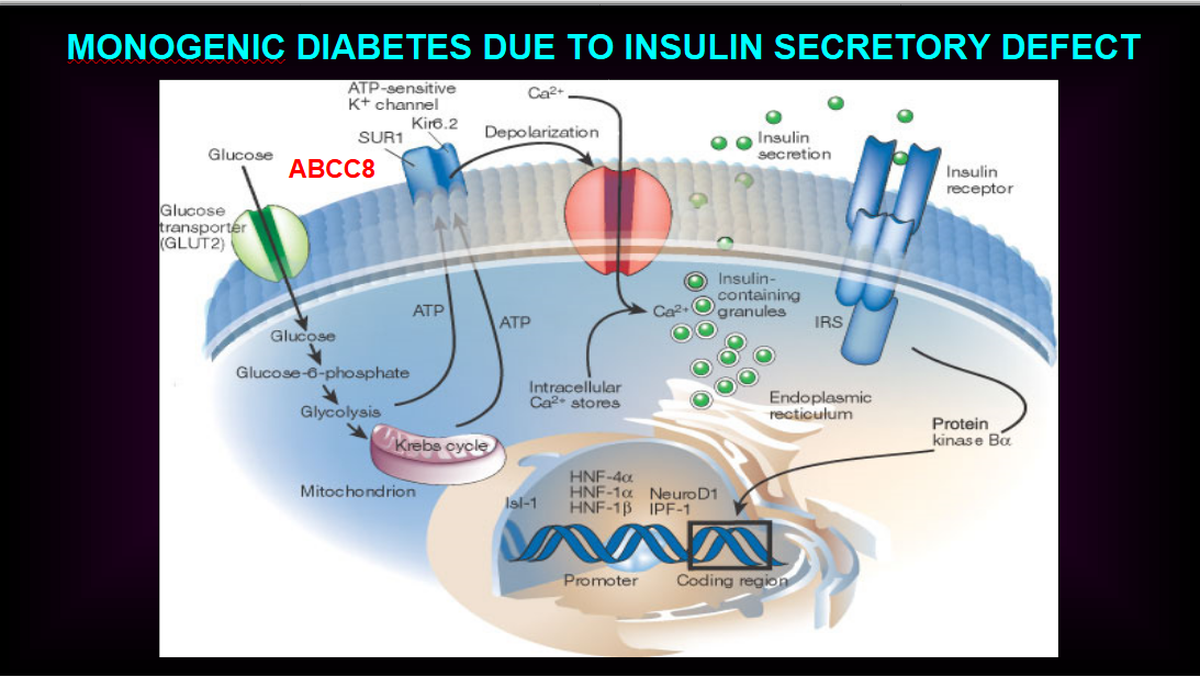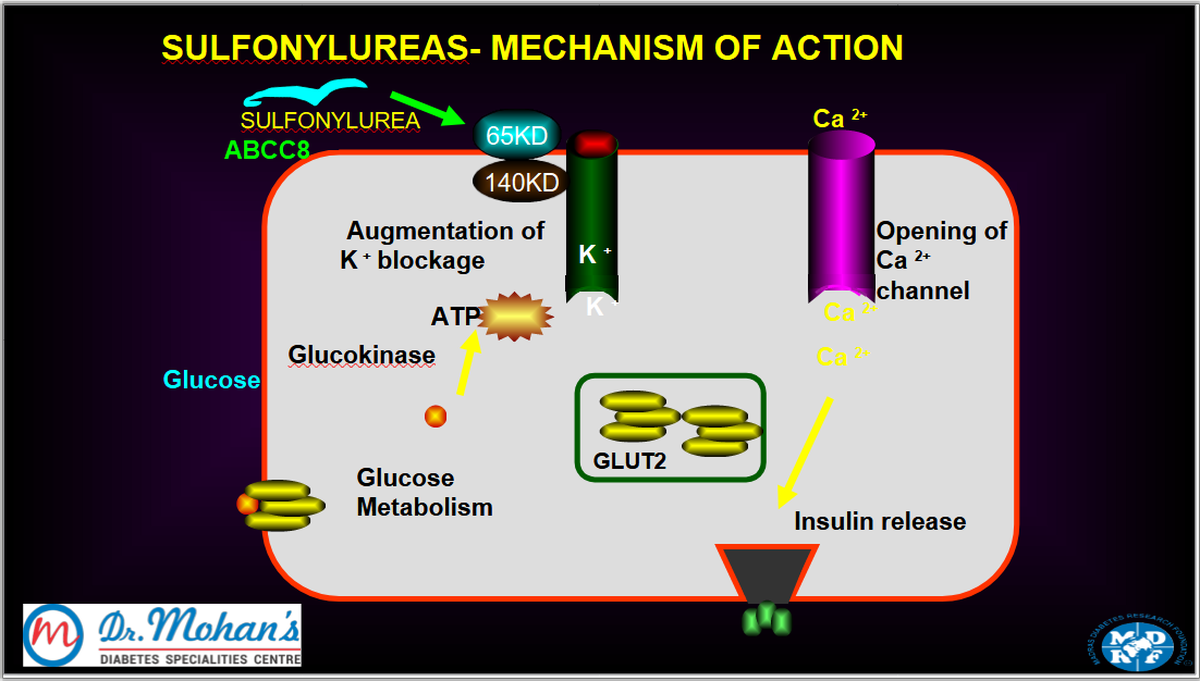Duchenne muscular dystrophy (DMD), recognised by the World Health Organization (WHO) as a rare disease, is the most common form of childhood muscular dystrophy. It is a progressive genetic disorder that primarily affects boys, leading to gradual muscle degeneration and loss of motor function. In addition to physical symptoms, DMD is associated with brain-related comorbidities, including intellectual disability and attention deficit disorders, affecting a significant number of affected individuals.
Mutations in the DMD gene, which encodes the dystrophin protein, disrupt muscle function and can also impact brain development and function. While more research is needed, these comorbidities highlight a significant unmet need for improved diagnosis, treatment, and support for patients and families, according to a study published in Nature.
Challenges in DMD care and the urgency of early diagnosis
Despite ongoing research and growing awareness, families of children affected by DMD in India continue to face major challenges in accessing timely diagnosis, affordable treatment, and consistent government support.
According to Chandu P.,neurologist and epileptologist, Medical Trust Hospital, Kochi, early signs of DMD include delays in walking, toe walking, stiffness, frequent falls, needing to “walk” their hands up their legs to rise from a lying or squatting position due to difficulty using their hip flexor muscles — known as Gower’s sign. Symptoms typically begin before the age of one, but diagnosis is often delayed due to lack of awareness and widespread screening. A simple blood test for elevated Creatine Phosphokinase (CPK) levels followed by genetic testing can confirm the condition, but such protocols are not consistently implemented across the country.
Dr. Chandu, highlighted the urgency of early diagnosis, stressing that muscle loss in DMD, once begun, is irreversible. Without proper intervention, most children lose the ability to walk between ages eight and twelve, and many face life-threatening complications in their teenage years.

Treatment remains inaccessible
Current treatment focuses on slowing disease progression using steroids, physiotherapy, and respiratory support in later stages. However, emerging genetic therapies such as exon skipping and gene therapy offer hope –though at a cost that remains out of reach for most Indian families. “These treatments are all imported and cost anywhere from ₹5 crore to ₹26 crore per patient. Nothing is manufactured in India yet,” said Arun Shastry, chief scientific officer of the Bengaluru-based Dystrophy Annihilation Research Trust (DART), a parent-driven research initiative.
DART, which began in 2012, represents the model of how patient families have taken the lead in addressing the research gap for DMD in India. What started with no government support or clear policies has now progressed to clinical trials for an Indian-developed therapy. “We had no choice. There were no institutional efforts to create treatments for DMD, so parents stepped in to start research themselves. Now, we’ve managed to develop a therapy and obtain trial approvals. But to take this further, we need government and industry support for manufacturing and distribution,” Dr. Arun said.

Need for better data, funds and multidisciplinary treatment
India also lacks comprehensive data on the condition. While DMD affects about one in 3,500 male births globally, its prevalence in India remains unclear due to inadequate reporting. The Indian Council for Medical Research (ICMR) has initiated an Integrated Biobank and Genome (IBG) registry, but participation remains incomplete, with around 75% of institutions contributing. This gap hinders policy planning, clinical research, and resource allocation.
Additionally, The National Policy for Rare Diseases (NPRD) 2021, developed by the Ministry of Health and Family Welfare (MoHFW), provides financial assistance of up to ₹50 lakh per patient for treatment of rare diseases at designated Centres of Excellence (CoEs). While this policy aims to support patients with rare diseases, including DMD, the ₹50 lakh limit may be insufficient to cover the extensive and lifelong treatment needs of individuals with DMD.
In response , Dr. Chandu emphasised the need for a separate national DMD programme that address these challenges and focus on early screening, awareness among general physicians, funding and structured family support. “We need dedicated government support, not only in policy but in practice,” he said. At present, many families struggle financially, emotionally, and logistically to care for affected children. The high costs of imported treatments, absence of Indian-made alternatives, and delayed or missed diagnoses compound their burden.
“My main concern for DMD patients is that they require multidisciplinary care, involving paediatric neurologists, physiotherapists, respiratory physicians, and metabolic bone specialists,” said Tarishi Nemani, consultant- paediatric neurology, Narayana Health, Bengaluru. “However, accessing these services in one place is difficult, and the cost is prohibitively high” she said. Dr. Tarishi also calls for faster translation of Indian research into accessible therapies, as well as insurance and public healthcare systems that cover rare diseases like DMD.
While scientific advancements bring new hope, experts stress that without timely access to affordable treatment and sustained funding, children with DMD in India will continue to be left behind.
Published – May 08, 2025 06:30 pm IST


















![Top 10 Countries With Most Powerful Military Strength [2025] – Forbes India Top 10 Countries With Most Powerful Military Strength [2025] – Forbes India](https://i1.wp.com/images.forbesindia.com/media/images/2023/Nov/img_223273_top10countrieswithstrongestmilitarypower.jpg?w=400&resize=400,240&ssl=1)
![Top 10 Countries With Most Powerful Military Strength [2025] – Forbes India Top 10 Countries With Most Powerful Military Strength [2025] – Forbes India](https://i1.wp.com/images.forbesindia.com/media/images/2023/Nov/img_223273_top10countrieswithstrongestmilitarypower.jpg?w=80&resize=80,80&ssl=1)





